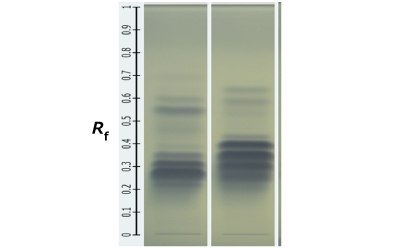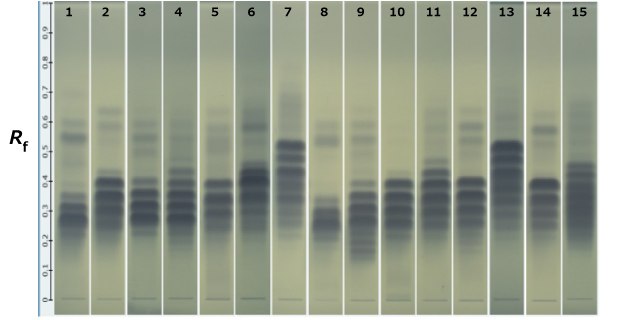Identification of Fixed Oils by Thin layer chromatography (Method II, USP Monograph)
Sanjay Poman, R&D Scientist
Introduction
Vegetable oil and fats are integral components of our diet. They are used in different ways such as cooking or frying oils, salad dressings, and as ingredients in food product formulations. They are important from both nutritional and economic perspectives. However, ensuring their authenticity has been a critical issue since the old times The food industry has an important need to authenticate these oils and fats and ensure their quality.
Several methods have been employed to check the purity of edible oils and fats. As each oil and fat may have special components at known levels, their presence and concentrations may be used as a detection tool.
High-performance thin-layer chromatography (HPTLC) is a fast and efficient fingerprinting method for the identification of fixed oils by thin-layer chromatography, following USP 43 NF 38 monograph method containing USP general chapter <202>.1 The USP Identification test for fixed oils uses a suitable octadecyl silyl silica gel as the phase for high-performance thin-layer chromatography (HPTLC).
This application note illustrates the use of USP general chapter <202> for the identification of fixed oils by thin-layer chromatography, which includes the HPTLC method for the identification of different fatty oils.

Figure 1.A developed HPTLC plate for HPTLC analysis of fixed oil samples. Tracks: 1. Olive oil USP RS, 2. Corn oil USP RS, 3. Almond oil, 4. Groundnut oil, 5. Sunflower oil, 6. Coconut oil
Chromatographic Data -System Suitability Test Solutions (SST)

Figure 2.HPTLC bands of olive (left) and corn oil (right) in fixed oil samples.
System suitability criteria
Four principal spots from corn and the two principal bands from olive oil are clearly identified and separated.
Acceptance Criteria
Rf values of the principal bands in the sample solutions correspond to those of the standard solution.

Figure 3.HPTLC bands of different oils.
Conclusion
Using HPTLC plates and following the method prescribed in the USP 43 NF38 monograph using USP general chapter <202> guidelines, the acceptance criteria for fixed oil under the identification test was met for the market samples. 13 various market samples of oils were tested as per the procedure, and it was found that the oils contain well-separated bands having similar Rf values to that of standard bands in the standard oil. A separate study of almond, groundnut, sunflower, and coconut oils shows well-separated bands having similar Rf values to that of standard olive oil and corn oil standards meeting the USP monograph method acceptance criteria as well as SST criteria.
To help analytical labs test for essential oil adulteration, suitable analytical standards of common chemical markers used in essential oils authenticity testing are listed in the below product list.
References
如要继续阅读,请登录或创建帐户。
暂无帐户?